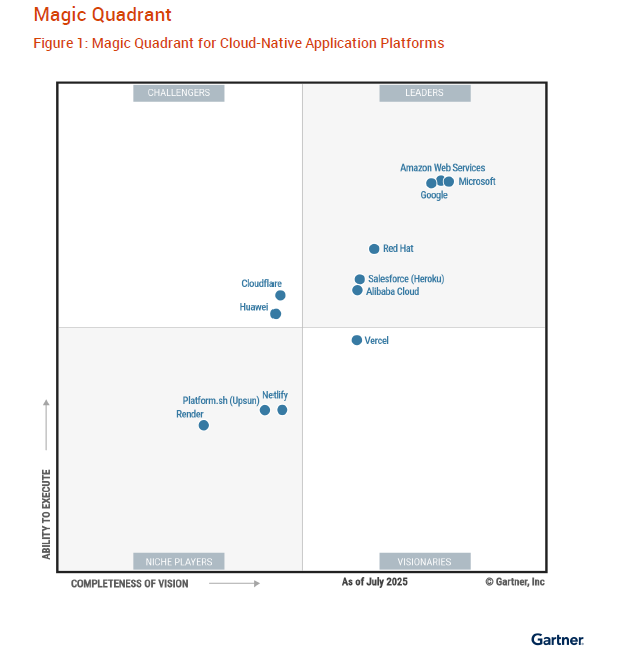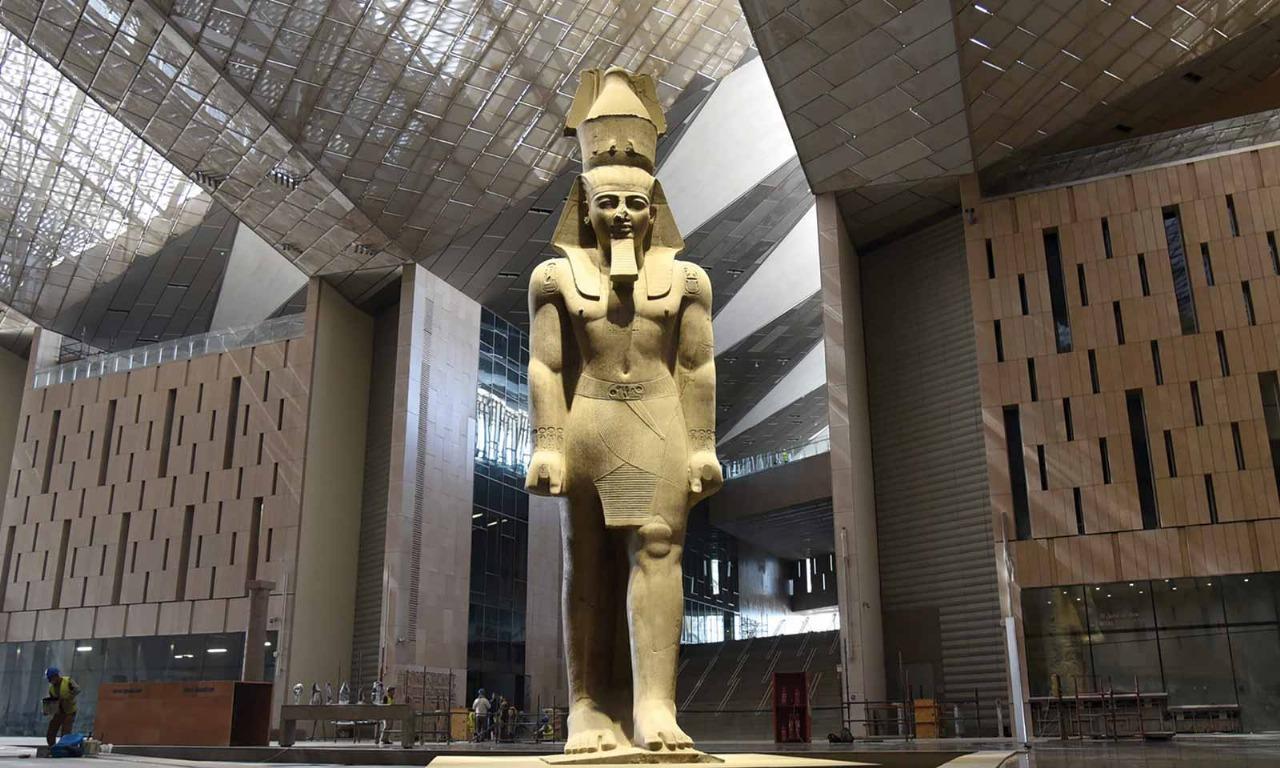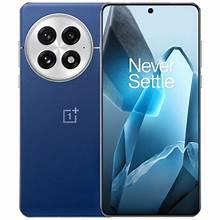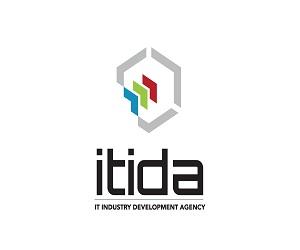To Accelerate AI Adoption in the Enterprise, NVIDIA Exclusively Certifies Latest VMware vSphere 7 Release for NVIDIA AI Enterprise Software Suite
To Scale Compute and Storage Resources Independently, VMware vSAN 7 Update Enhances HCI Mesh to Help Meet Dynamic Business and Workload Demands
By ; Nahla Ahmed
VMware, Inc. (NYSE: VMW) has announced portfolio updates to help customers modernize their applications and infrastructure. The new releases of vSphere 7 and vSAN 7 will help IT teams support new and existing applications with infrastructure that is developer and AI-ready; scales without compromise; boosts infrastructure and data security; and simplifies operations.
“Infrastructure owners are racing to support exciting new containerized applications, such as advanced AI workloads, without compromising security,” said Lee Caswell, vice president, marketing, Cloud Platform Business Unit, VMware. “VMware is helping vSphere admins expand their influence beyond traditional virtualized applications to new enterprise AI environments through our partnership with NVIDIA, to high-capacity HCI use cases with HCI Mesh from vSAN, and to security-sensitive containerized workloads that can benefit from the SEV-ES security feature in AMD EPYC processors. These new capabilities allow infrastructure to seamlessly meet the rapid pace of application change.”
Delivering Developer- and AI-Ready Infrastructure to Advance Digital Business
Today, VMware is announcing the next step in the collaboration with NVIDIA to deliver an AI-Ready Enterprise platform (read partnership announcement from VMworld 2020) that combines the industry-leading compute virtualization software of VMware vSphere and the innovation of NVIDIA AI Enterprise suite. Updates to the AI-Ready Enterprise platform include:
· NVIDIA has exclusively certified the new VMware vSphere 7 Update 2 release for NVIDIA AI Enterprise suite, a cloud-native collection of optimized AI applications and frameworks, for an end-to-end AI solution;
· vSphere 7 Update 2 introduces support for the NVIDIA A100 Tensor Core GPUs in NVIDIA-Certified SystemsTM. This, with NVIDIA AI Enterprise, enables customers to fold-in an end-to-end AI solution with confidence on their existing enterprise virtualization platform, instead of running AI projects in separate unmanageable IT silos; and,
· Customers are also able to incorporate the latest generation of NVIDIA GPUs into their virtual environment and take advantage of features like Multi-Instance GPU (MIG) allowing GPU cycles to be shared across multiple users; vSphere vMotion to provide live migration for non-disruptive operations; and vSphere Distributed Resource Scheduler (DRS) for automatic initial workload placement to avoid performance bottlenecks.
“NVIDIA AI Enterprise is a software suite optimized, certified and supported on VMware vSphere that enables customers to rapidly deploy, manage and scale AI in production with confidence,” said Justin Boitano, vice president and general manager of Enterprise and Edge Computing, NVIDIA. “Through NVIDIA’s collaboration with VMware, IT professionals can now support business teams with the industry’s most trusted AI tools across their hybrid cloud infrastructure.”
In September 2020, VMware introduced vSphere with Tanzu to deliver Kubernetes to the fingertips of millions of IT admins across the globe. Today’s update delivers a faster, more scalable and secure application experience by including VMware NSX Advanced Load Balancer Essentials as part of vSphere with Tanzu. This provides customers with VMware supported L4 load balancing for Kubernetes clusters with Kubernetes native automation and seamless upgrade path to the full capabilities of the NSX Advanced Load Balancer Enterprise Edition. To help customers stay current with Kubernetes, vSphere with Tanzu includes a refreshed Supervisor with the Kubernetes 1.19 release featuring critical enhancements to simplify upgrades and leads to more predictability and stability overall. Customers can purchase any of the VMware Tanzu editions as an add-on to vSphere entitling them to run Kubernetes as part of their vSphere environment.
In February 2021, VMware announced the general availability of Cloudian HyperStore and MinIO Object Storage on the vSAN Data Persistence platform. This allows customers to efficiently deploy and consume S3-compatible object stores for their AI/ML and cloud native applications right from the ubiquitous hybrid cloud platform of VMware Cloud Foundation with Tanzu.
Scale with Greater Efficiency with Enhanced HCI Mesh
With more than 30,000 customers, VMware vSAN reduces the cost and complexity of traditional storage and provides the simplest path to the hybrid cloud. Today, vSAN 7 Update 2 delivers enhanced HCI Mesh, which builds upon the unique software-based approach for disaggregation of compute and storage resources initially released in vSAN 7 Update 1. This new release addresses a broader set of customer use cases, particularly for customers looking to increase resource efficiency beyond their existing vSAN environment. It enables compute clusters, or non-HCI clusters, to remotely use storage from a vSAN cluster within the data center, allowing customers to scale compute and storage independently to meet dynamic application needs while still benefiting from the operational simplicity of VMware HCI. The initial release of HCI Mesh enabled multiple independent vSAN clusters to share capacity within the data center, which enables utilization of excess resources, provides HCI management simplicity at scale, and allows flexible scaling of vSAN storage.
vSAN 7 Update 2 also introduces new capabilities to better support various physical topologies. This includes integrated DRS awareness of stretched cluster configurations for more consistent performance in failback as well as vSAN file services support for stretched clusters and 2-node clusters.
“Sufficient data capacity and performance scaling are critical to ensuring smooth aircraft operation during the production process,” said Pavel Struhár, CIO of Aircraft Industries. “VMware vSphere and vSAN offer efficient data storage for all key production systems and provide us with the data security we require. In addition, HCI Mesh allows us to scale across VMware environments with greater flexibility of operation and to respond flexibly and quickly to growing performance requirements.”
In addition, VMware continues to deliver capabilities that drive better performance of vSAN, including vSAN over Remote Direct Memory Access (RDMA) and enhancement to RAID 5/6 erasure coding that improve CPU utilization and app performance for certain workloads.
“Amway uses vSAN 7 to provide storage in diverse and demanding environments including our VDI and Oracle RAC clusters,” said Jason Montgomery, Sr. Systems Engineer, Amway Corp. “vSAN and vSphere underly this entire HCI environment. We anticipate that this Amway Private Cloud 2.0 platform will update to vSAN 7 Update 2 in the March/April timeframe and we look forward to exploring how vSAN over RDMA and other new capabilities can be used to enhance performance and resource utilization.”
Boosting Infrastructure and Data Security
To help improve the overall security posture for container-based applications, vSphere 7 Update 2 introduces Confidential Containers for vSphere Pods on AMD EPYC™ processor based servers using Secure Encrypted Virtualization-Encrypted State (SEV-ES). For traditional VM environments, vSphere 7 Update 2 now includes vSphere Native Key Provider, which delivers basic key management server (KMS) capabilities making it much easier for customers to enable encryption and advanced security features out of the box. Additionally, vSphere 7 Update 2 includes FIPS validation of VMware vCenter Server services as well as updated vSphere Product Audit Guides to make it easier for customers to meet regulatory requirements and complete audits.
“We use vSphere 7 to provide compute infrastructure to a group of users in a Manchester [UK] city center office and the install experience on our new hardware was seamless,” said Steve Lester, Senior Technical Engineer at Co-op, one of the world’s largest consumer co-operatives. “In previous versions, I've had to run some pretty large VMs and it gave us sufficient capacity for all our operational needs in our insurance business. It's comforting to know the scale you can go to, should you need to. Beyond scale, we’re intrigued by the out of the box encryption and advanced security features in the latest vSphere release.”
In addition, vSAN 7 Update 2 includes FIPS 140-2 validation of the cryptographic module for data-in-transit encryption to meet strict government requirements.
Simplified Customer Operations
New VMware vSphere 7 Update 2 and VMware vSAN 7 Update 2 features and enhancements enable customers to simplify their operations. The latest vSphere Lifecycle Manager now supports desired image seeding as well as lifecycle management of vSphere with Tanzu clusters. This includes updating vSphere with Tanzu (including the NSX-T networking and Kubernetes layers) in a non-disruptive fashion. The lifecycle manager also introduces support for select Hitachi Vantara UCP servers. This latest vSphere release also introduces ESXi suspend to memory, to reduce upgrade times and maintenance windows. Moreover, vSphere High Availability is now persistent memory (PMEM)-aware—further improving availability for PMEM-based workloads such as SAP HANA.
Additionally, vSAN 7 Update 2 now supports vSphere Proactive High Availability, where the application state and any potential data stored can be proactively migrated to another host, helping to avoid data loss on degraded hardware and offering better availability for workloads. The new release now includes enhanced data durability that results in less downtime and data loss for unplanned outages such as multiple disk failures. vSAN 7 Update 2 also provides customers with more powerful tools to rapidly identify root causes of issues and ways to remediate.
Supporting Partner Quotes
“Dell Technologies is focused on helping customers harness the power of AI by providing solutions that make it easier to adopt and use,” said Caitlin Gordon, vice president, product management, Dell Technologies Infrastructure Solutions. “Today’s news certifying NVIDIA AI Enterprise with VMware vSphere supports our efforts with both companies to provide NVIDIA A100-powered Dell systems that enable customers to benefit from AI anywhere, with continuous insights at scale, to help reach their business goals.”
“Hitachi Vantara seeks out new scale-out architectures that increases the pace of innovation and drives operational efficiency,” said Colin Gallagher, Vice President, Product Marketing, Hitachi Vantara. “We’re excited about the announcement on VMware HCI Mesh and vSphere Lifecycle Manager support for Hitachi Vantara Unified Compute Platform HC and Unified Compute Platform RS solutions, which will allow our customers to deliver infrastructure resources that be dynamically scaled and easily lifecycle managed.”
HPE: “With the rise of AI deployments, infrastructure is the workhorse to power these applications. HPE offers a range of trusted infrastructure solutions to optimize applications that require the performance and scale to support data and image-intensive needs that come with AI and machine learning capabilities,” said Krista Satterthwaite, vice president and general manager, Mainstream Compute, Compute Business Group, HPE. “By collaborating with VMware and NVIDIA, we are combining our high-performing server platforms with certified NVIDIA AI Enterprise software for VMware vSphere, to allow customers to power next-generation AI solutions and unlock deeper insights to solve some of the world’s greatest challenges.
“Today’s announcements set the stage for increased enterprise adoption of both AI applications and hyper-converged infrastructure (HCI),” said Kamran Amini, Vice President and General Manager of Server, Storage and Software Defined Infrastructure, Lenovo. “We’re able to help customers accelerate their AI initiatives with NVIDIA’s AI Enterprise software suite and vSphere 7 Update 2 on Lenovo’s portfolio of AI-Ready ThinkSystem servers from the edge to the data center. Additionally, the enhancements to VMware HCI Mesh running on the Lenovo ThinkAgile VX portfolio enable customers to get more out of their storage and compute investments. Together with VMware, Lenovo is poised to help enterprises modernize their applications and infrastructure.”
Product Availability
VMware vSphere 7 Update 2 and VMware vSAN 7 Update 2 are available today.
Additional Resources
● Blog – The AI-Ready Enterprise Platform
● Blog – Announcing: vSphere 7 Update 2 Release
● What’s New with vSAN 7 Update 2 Blog
● NVIDIA blog post: How Suite It Is: NVIDIA and VMware Deliver AI-Ready Enterprise Platform
● Learn more about VMware vSphere
● Learn more about VMware vSAN














































































